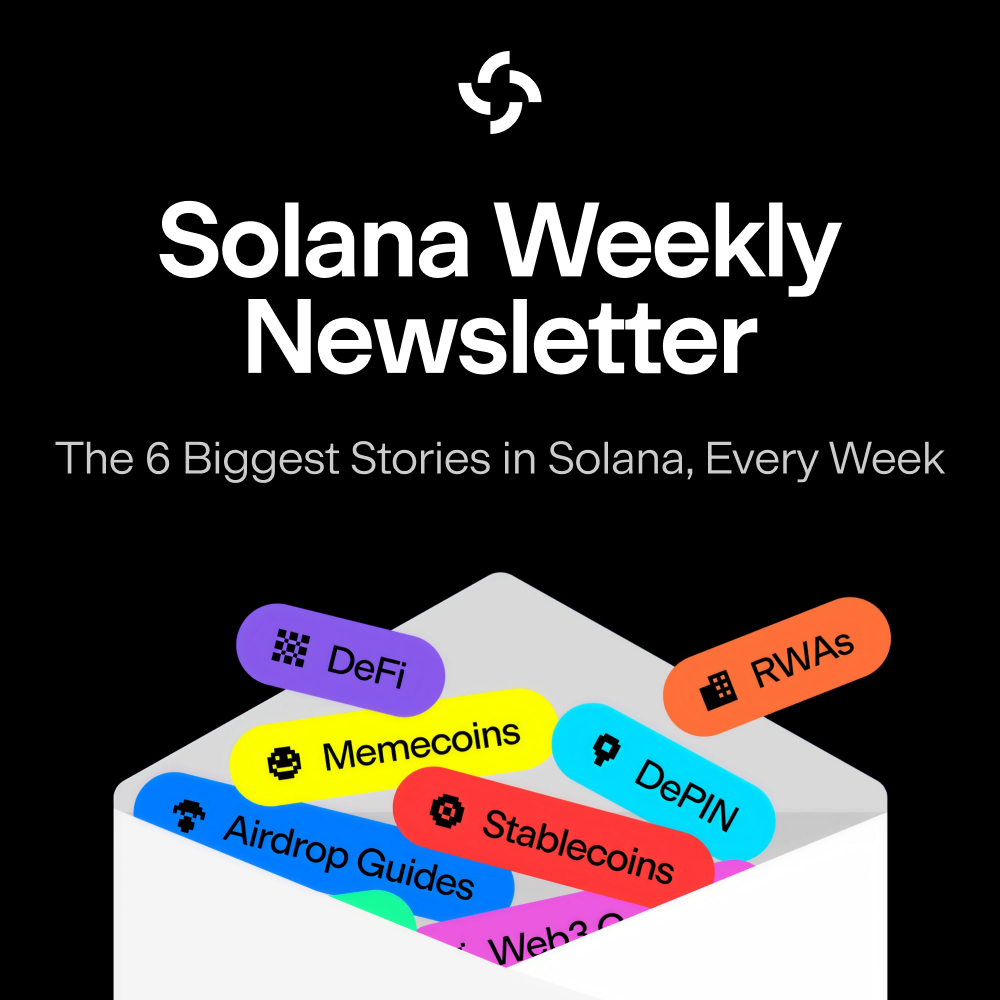
Livre blanc Neon EVM v1.5 : Le pont crucial entre Ethereum et Solana
Ethereum, la force dominante de l'industrie de la blockchain qui a été le pionnier des contrats intelligents, a été confronté à des défis importants concernant la vitesse des transactions et les frais de gaz. Ces limitations ont souvent inhibé le plein potentiel et les performances des applications décentralisées.
- Publié:
- Édité:
Neon EVM émerge comme un phare de l'innovation dans ce paysage, servant de pont entre Ethereum et Solana. Il introduit un nouveau protocole qui permet aux transactions de type Ethereum d'opérer sur Solana, en adhérant aux règles d'Ethereum. Cette innovation débloque effectivement des capacités transactionnelles inégalées, permettant aux dApps Ethereum d'exploiter les prouesses transactionnelles à grande vitesse et à faible coût de Solana tout en accédant à son marché en plein essor.
La fonction du Neon EVM, un contrat intelligent résidant sur Solana, tourne autour d'un serveur proxy intermédiaire, connu sous le nom de Neon Proxy. Il transforme les transactions de type Ethereum en transactions Solana. Celles-ci sont ensuite envoyées à Neon EVM pour être exécutées en parallèle sur Solana. Ce processus fournit aux dApps Ethereum la puissance nécessaire pour fonctionner avec la vitesse de transaction élevée de Solana's, les faibles frais de gaz et le débit de transaction élevé.
Pour permettre l'exécution simultanée de contrats intelligents, Neon EVM déploie un ensemble de stratégies. Chaque contrat conserve ses données dans un stockage Solana distinct, et les soldes des comptes utilisés pour payer les transactions Neon sont également isolés. Ces stratégies équipent Neon EVM pour atteindre le parallélisme, qui est une caractéristique clé de l'architecture Solana's.
Un aspect passionnant de Neon EVM est sa compatibilité transparente avec les dApps Ethereum existantes avec un besoin minimal de reconfiguration de la base de code existante. Cette compatibilité s'étend aux dApps populaires basées sur Ethereum telles que Uniswap, AAVE, Curve et Saddle Finance. En outre, Neon EVM maintient la compatibilité avec des outils cruciaux pour les dApps Ethereum comme Solidity, MetaMask, Remix et Truffle.
Comme Neon EVM s'adapte facilement lorsque de nouvelles fonctionnalités Ethereum ou Solana sont ajoutées, il fournit une solution dynamique et à l'épreuve du temps pour les développeurs et les utilisateurs de dApp.
En conclusion, Neon EVM se présente comme une plate-forme puissante pour les développeurs visant à exploiter la liquidité de Solana, à obtenir un avantage concurrentiel et à attirer de nouveaux clients. Il présente une opportunité unique pour les dApps d'évoluer en tirant parti des faibles frais de gaz et du débit élevé de Solana. Alors que nous assistons à la fusion des capacités des contrats intelligents d'Ethereum avec les transactions à grande vitesse et à faible coût de Solana grâce à Neon EVM, une nouvelle ère d'amélioration des fonctionnalités des dApp et de l'expérience des utilisateurs se profile à l'horizon.
Les dApps ont besoin d'une infrastructure de pointe pour se développer.



